Labs and Equipment
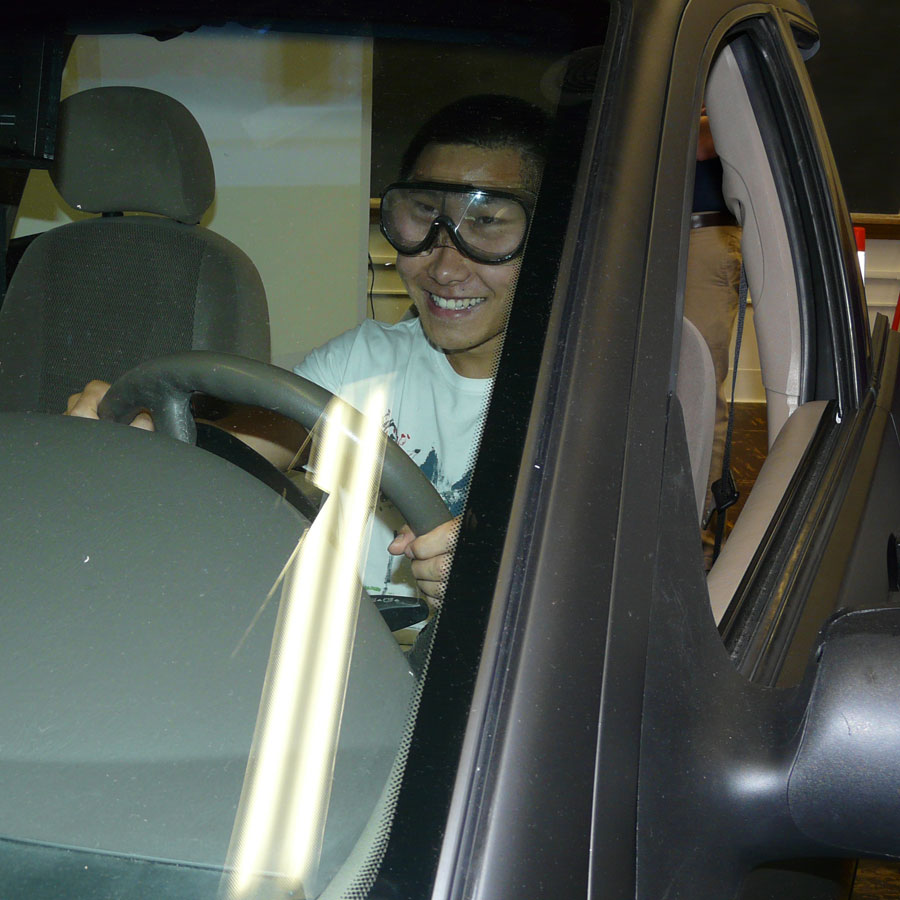
Driving Simulator Lab
Real world driving research can be dangerous, and repeatable experiments are difficult to conduct—all why we use a driving simulator. The RS-600 model is a fully integrated, high-performance, high-fidelity driving simulation system for use in ground vehicle research, training, and assessment. The RS-600 hardware is combined with the industry’s most advanced scenario authoring tools to provide an ideal environment for subject matter experts to create purpose-built driving scenarios.
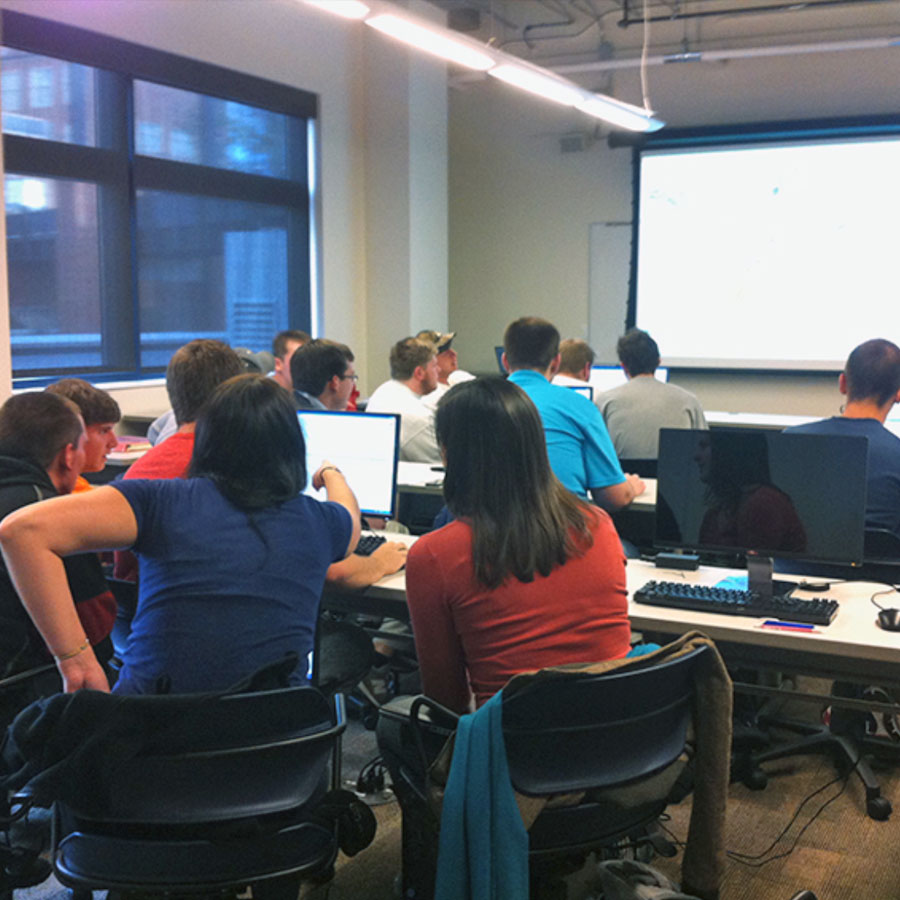
Traffic Simulation Lab
Traffic can be simulated with software that uses models to conduct experiments with traffic events on a transportation network or system over time. Our transportation computer lab has eight high-performance computers with software like PTV VISSIM and Synchro for lab classes. The Transportation Engineering Lab uses this facility to demonstrate variable transportation simulation software and tools. The lab also provides a screen, projector, and A/V connections for presentation and teaching.
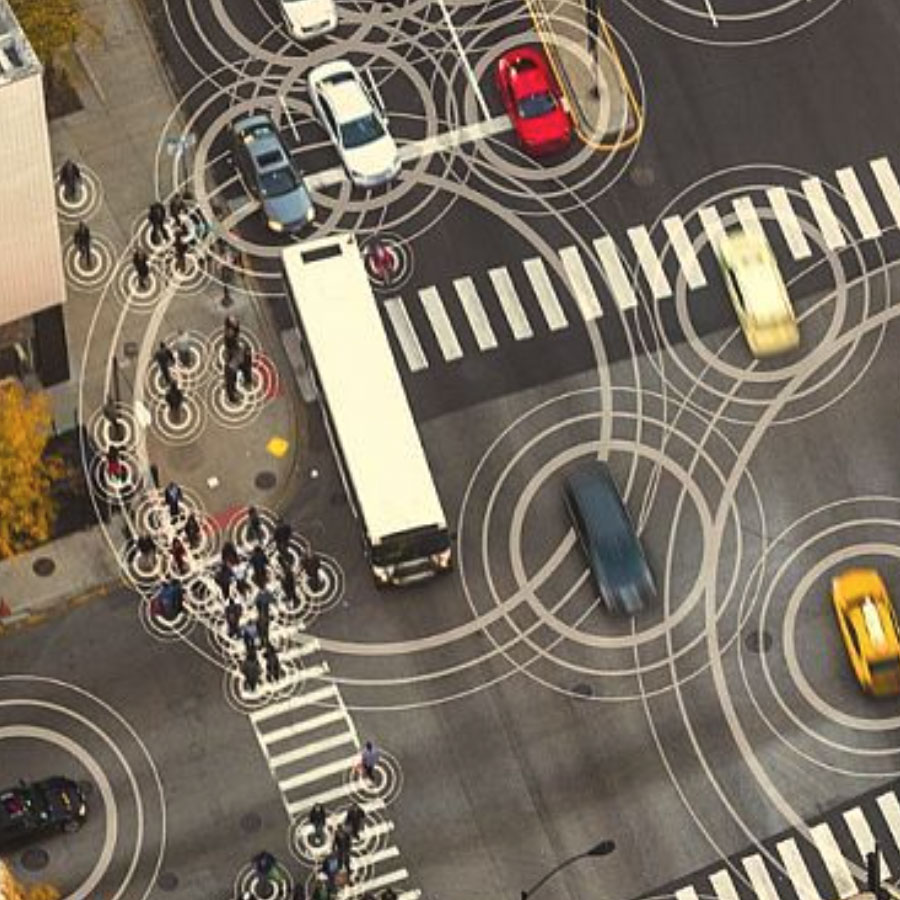
Intelligent Transportation Systems Lab
The Intelligent Transportation Systems Lab is a multi-modal transportation infrastructure research and education facility. It combines a series of new concepts, technologies, and services to integrate information, vehicles, and transportation infrastructure to increase mobility, safety, and comfort, and reduce energy waste and pollution.
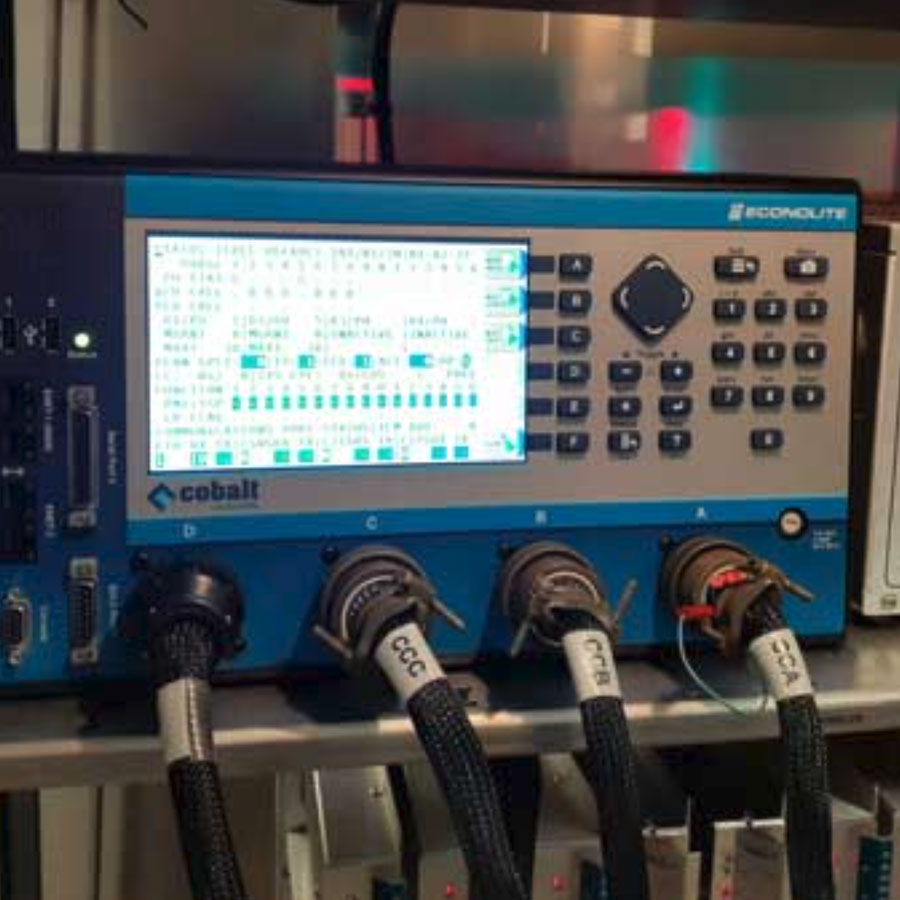
Traffic Signals Lab
The Traffic Signal Lab is a research and learning facility that exposes users to complexities involved with setting up and maintaining traffic signal controllers, conflict monitors, load switches, detection and communication systems. It is a fully functioning closed-loop traffic control system, with a NEMA TS-1 and a NEMA TS-2 cabinet, 15 traffic signal controllers, high performance loop-based detection, video detection, multi-mode fiber and spread-spectrum wireless communication.
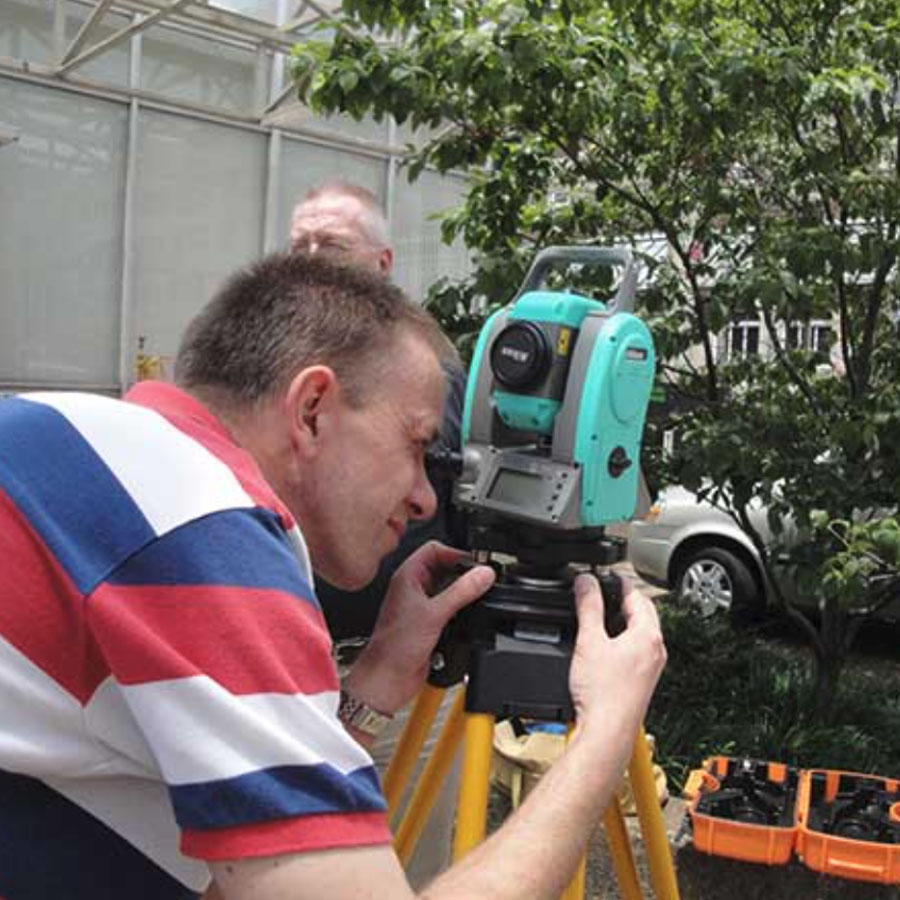
Traffic Data Collection Equipment
CTR maintains specialized data collection equipment to support its Tennessee Transportation Assistance Program activities. This equipment, including pneumatic traffic counter-classifiers, turning movement count boards, traffic sign and pavement marking retroreflectometers, an electronic total station survey instrument, and a radar gun, is used to document existing roadway and traffic conditions. TTAP uses this equipment to provide technical assistance to Tennessee cities and counties.
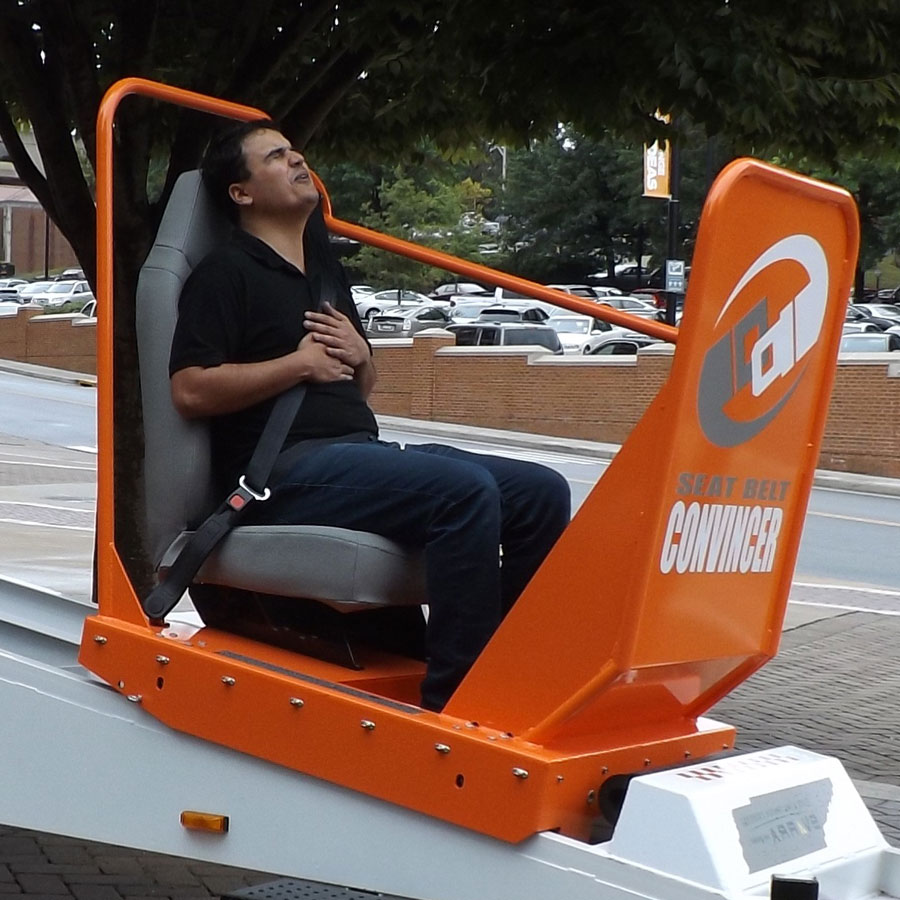
Seatbelt Convincer
The Seatbelt Convincer safely simulates a low-speed crash (5-7 MPH) by allowing a rider to sit in the seat at the top of the carriage, buckle up and once the lever is released, slowly slide down the inclined ramp hitting a rubber bumper at the bottom. The rider feels the force of this impact and the reaction from the rider is usually a bit of a shock because the impact is stronger than they imagine.
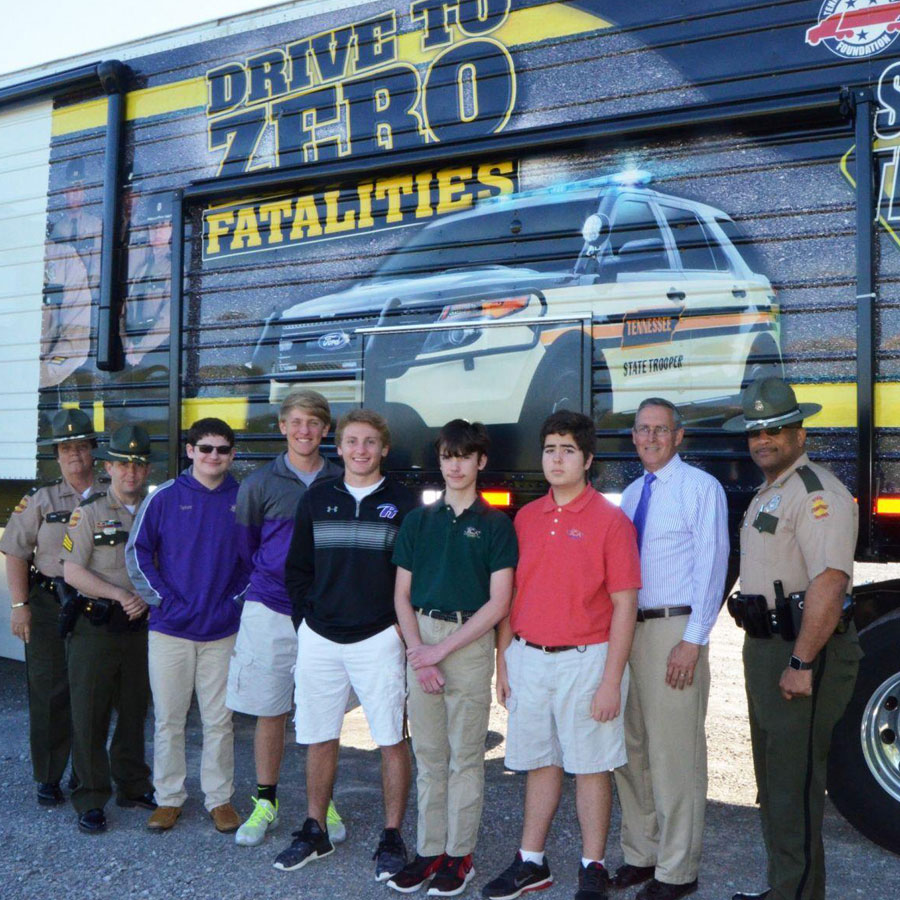
Teens & Truck Driving Simulator
This simulator houses six virtual reality simulator stations equipped with steering wheels, brake and gas pedals, and television monitors that wrap around the driver’s seat to make the experience as realistic as possible. Teens receive instructions from a state trooper aboard the trailer to navigate through the simulation. Each simulator station takes teens through driving situations including: distracted driving, stopping safely, reaction times, tractor trailers making wide turns, staying away from the No Zones of a tractor trailer, and obeying the Move Over Law.
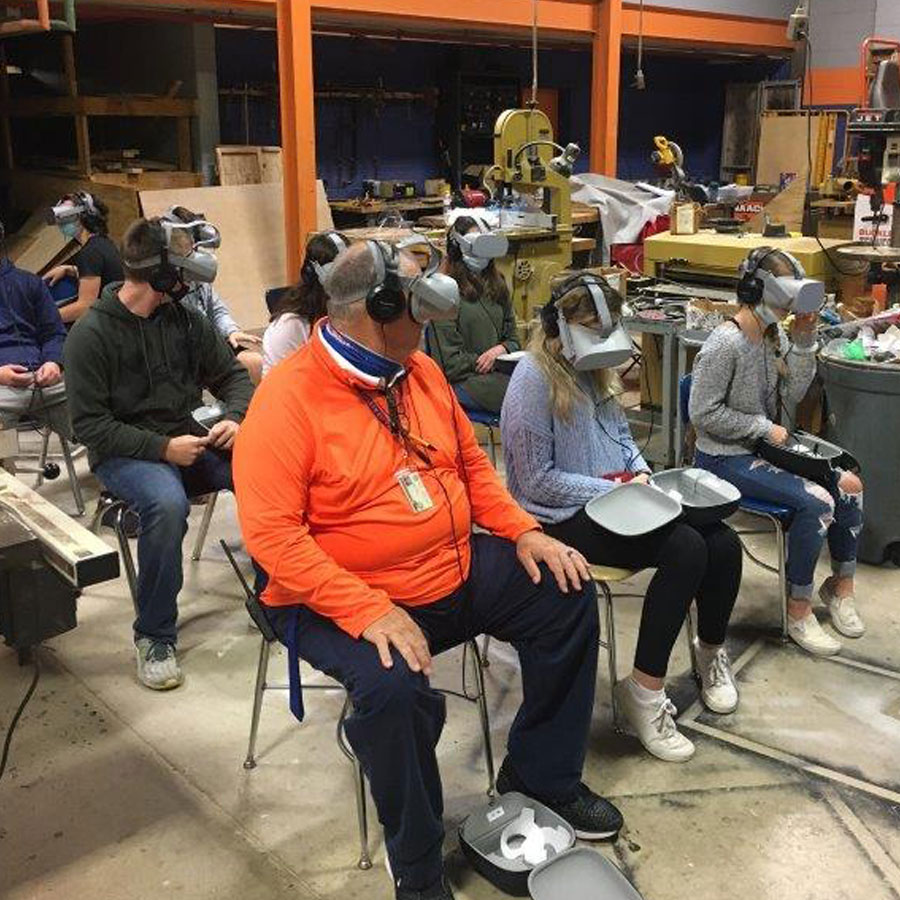
Virtual Reality Goggles
CTR commissioned a 5-minute video, filmed in Knoxville, to be viewed on the Oculus Go VR Goggles. This video puts the viewer in a car with three other teens where they experience a variety of distracted and dangerous activities as the front seat passenger. To show the dangers of distracted driving, the viewer has a 360° view of all that’s going on in the car, then the ride ends with a crash on Neyland Drive.

Portable Driving Simulator
This driving simulator show teens how to drive safely around large trucks and buses. There are eight scenarios in a variety of circumstances such as wide turning and passing distance plus experiencing a large truck’s large blind spot called the No-Zone. Additionally, weather conditions (snow, rain, fog) as well as rural roadways and nighttime driving can be added. This simulator has three large monitors plus a vehicle seat with seat belt, steering wheel, gas pedal, brakes, turn signals, and a horn.